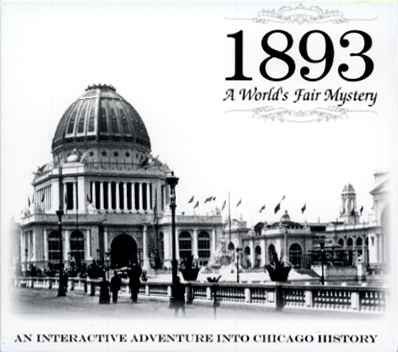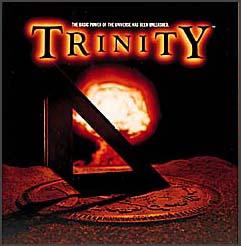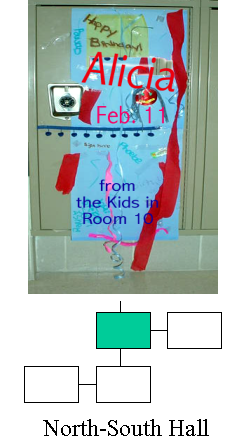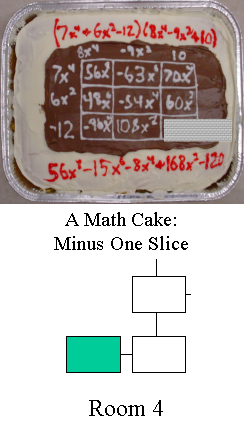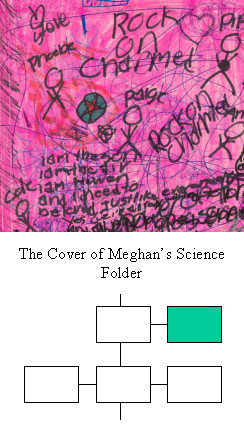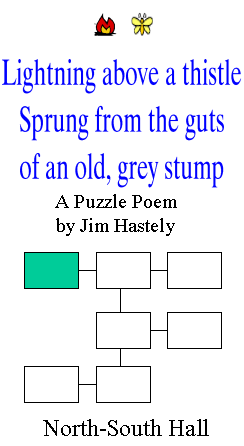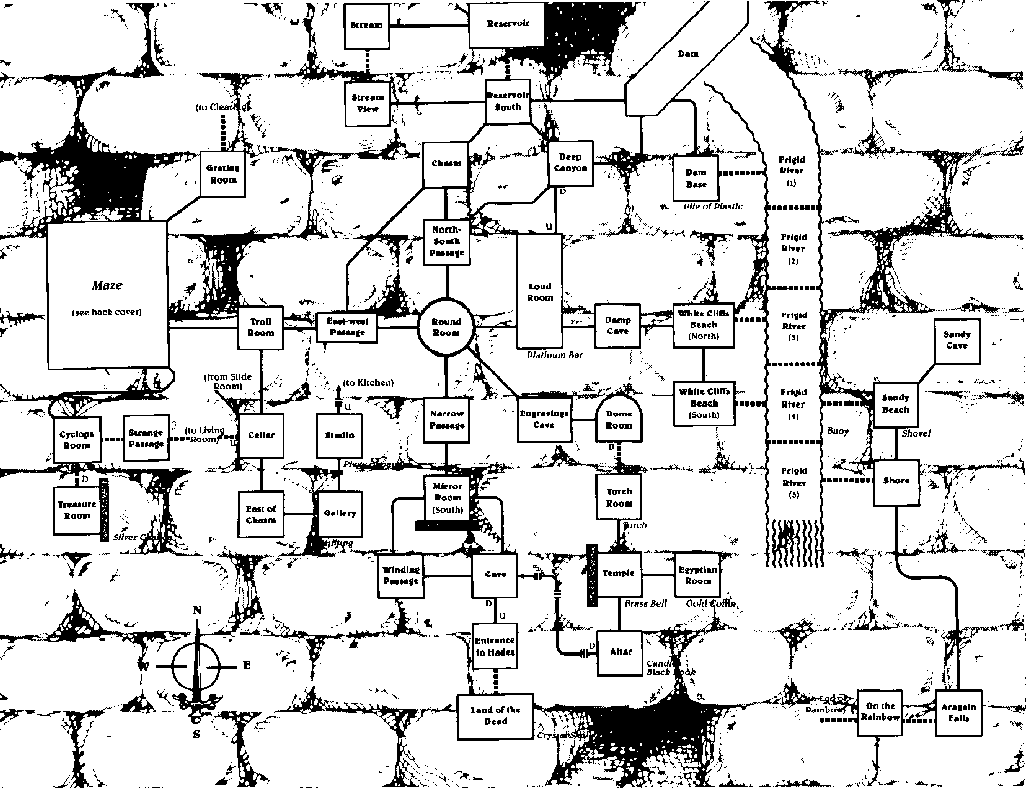Using Interactive Fiction to Teach Content: The Enterprise Incidents
And Other Stories
This website deals, almost exclusively, with helping students to read, write, and think more effectively. Still, some very fine IF stories have focused on teaching content, too. 1893: a World’s Fair Mystery (2002) recreates of the most important events in the history of popular culture, an event that many history classes deal with, at least to some degree. The story’s author, Peter Nepstad, deliberately developed this fine work to appeal to educators, though some of its plot twists may be a bit strong for younger students. A bit of traditional poetry might cause a stir in a principal’s offices, too:
When Adam delved and Eve span,
Who was then the gentleman?
1893 is a formerly-commercial product, which is now available in the IF Database, at http://ifdb.tads.org.
The Chinese Room by Harry Giles and Joey Jones (2007) offers entertaining lessons in philosophy by giving the reader interactive versions of famous thought experiments, starting with John Searle’s famous critique of the Turing Test. It’s pretty hard to make these experiments interactive, though, since they aren’t, by nature, puzzle-oriented. Searle’s “Chinese Room,” for instance, in its IF version, becomes an attempt to escape from the chamber, while Searle’s experiment, as he wrote it, has nothing to do with escaping. Nevertheless, you can really teach yourself some broad and important lessons in philosophy with this game.
Schools often deal with mythology in one way or another, and so does interactive fiction. Myth Tale, by Temari Seikaiha (2002) presents several Greek myths in interactive form, along with some funny bits about cats. Arthur: the Quest for Excalibur by Bob Bates (Infocom, 1989), one of the most acclaimed If stories for young people, stays quite close to the traditional legends.
Trinity by Brian Moriarty (Infocom, 1985) has earned extraordinarily high praise from IF readers throughout its long history. Though the tale features elements of poetic fantasy, it can teach its reader about the history of atomic weaponry through dramatic scenes set at actual historical settings of nuclear detonations, in Nevada (1945 and 1974), Nagasaki (1945), Siberia (1949), and elsewhere. Trinity is a difficult story with challenging problems, but it’s always rewarding.
The Enterprise Incidents: a Middle School Fantasy, is a story about middle school kids and teachers. Its puzzles are fairly easy, though its reading level can be challenging at times. The Enterprise Incidents was written by Brendan Desilets, who maintains this website, with lots of help from beta testers Sophie Fruehling, Jeff Nassiff, Matt Carey, and Sean Desilets. Hints and a walkthru are available within the story.
The Enterprise Incidents tries to teach some content that might be of use to students aged eleven to fourteen, especially those who get involved with unusual tasks like delivering Valentine’s Day candy grams to other students during the school day. It instructs students, for instance, to follow the sometimes-arcane procedures that many schools require for kids who are in the halls during classes, and it provides some puzzles that hinge on unanticipated contingencies, such as encountering a student who claims to have purchased a candygram but is not on the list of recipients.
You can download the Inform story file for The Enterprise Incidents using this link. For more information on using a story file, read the “Acquiring Interactive Fiction” page on this Web site.
Or, if you prefer, you can probably read “The Enterprise Incidents” on line, using this link.
Another version of The Enterprise Incidents includes some on-screen maps and other graphical elements. You can download the story file for this version, from the IF Database, too. This variation of the story uses an IF-creation tool called Glulx and requires an interpreter that is different from the ones used with many ot the other stories featured in this website. The interpreter called “Gargoyle” works best for this story. Gargoyle is described at http://ccxvii.net/gargoyle/. Gargoyle’s download page is at https://github.com/garglk/garglk/releases.
The pictures and maps that appear below may add to your enjoyment of the story, if you are reading the Inform version. These graphics appear in the Glulx version.

The mural in the cafeteria, where the story begins

A decorated locker

A math cake from Ms. Garrulous’ class

The cover of Ed Dibbles’ science folder

Meghan Mascaras’ science folder

A poster from outside the office. Fishing is cancelled because of Mr. Pisces’ need for a bone marrow transplant.

An art project by Silas Gibber

